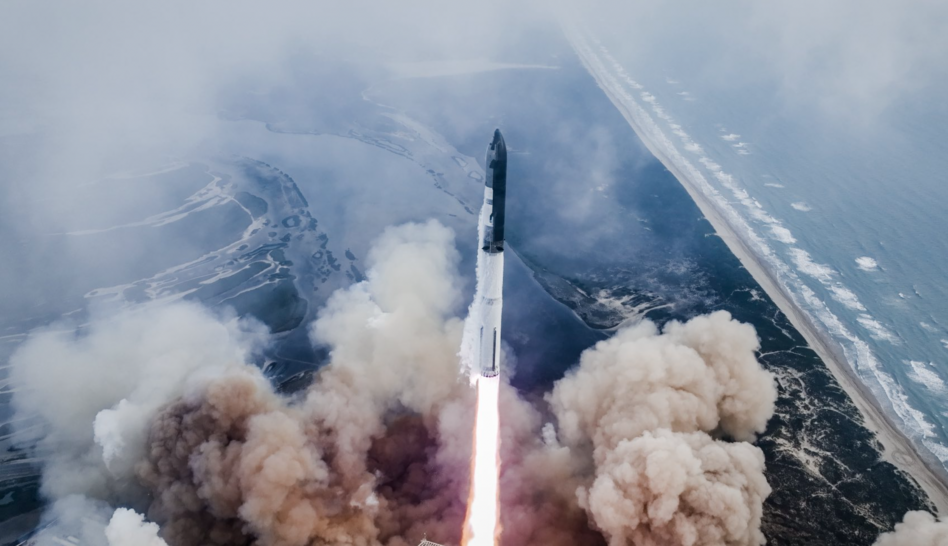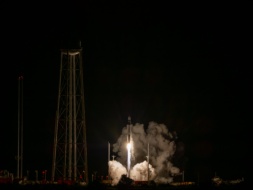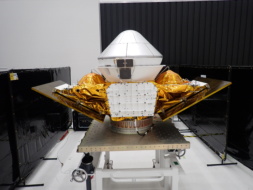On SpaceX’s 22nd birthday, Starship put on a show.
The rocket’s 49-minute flight out of Starbase, Texas was overwhelmingly successful—Starship reached orbital velocity, opened and closed the payload door that will deploy Starlink sats on future flights, and initiated a propellant transfer. And it did it all while beaming video back to Earth, including through its plasma-filled photogenic reentry.
Though the flight didn’t hit all of its milestones—neither the Super Heavy Booster nor Starship made controlled splashdowns, and SpaceX did not attempt a planned engine burn in orbit—the launch marks a major step forward for the spacecraft that seeks to shake up the space industry and bring astronauts back to the Moon.
Around the World in 49 Minutes: How it Went Down
Starship lifted off at 9:25am ET.
Super Heavy:
- Engines: All 33 Raptor booster engines stayed lit through stage separation, an improvement from IFT-1, which had a number of flameouts during its booster ascent.
- Hot staging: Separation was successful, sending the second stage to space and protecting the booster enough for it to complete its flip maneuver and boostback burn.
- IFT-1 booster did not make it to this stage
- IFT-2 booster went ka-boom shortly after hot staging
- Super Heavy booster RIP: The booster successfully re-lit several engines for the landing burn. However, the mega vehicle came in too hot and wobbly, eventually ending in a fireball 462 meters above the Gulf of Mexico.
Starship Second Stage:
- Orbital velocity: Starship’s second stage achieved orbital velocity, albeit on a planned suborbital trajectory.
- IFT-2 Starship broke apart just short of orbital velocity.
- Open door: While enjoying the beautiful views of Earth in cruise mode, SpaceX completed an open and close test of the payload door.
- Prop transfer: SpaceX initiated a propellant transfer demonstration, as it aimed to move possibly 10 metric tons of cold liquid oxygen propellant from one tank to another for a NASA Tipping Point contract.
- Flaps: Upon atmospheric reentry, Starship’s flaps gave us a couple of big friendly walrus waves as they adjusted the vehicle’s orientation.
- No in-orbit burn: SpaceX elected to forgo its in-space engine burn “due to vehicle roll rates during coast”.
- Starship RIP: Starship reentered the atmosphere at hypersonic speeds, creating a surreal scene of fiery plasma build-up around the vehicle. The journey ended 49 minutes into flight when the vehicle lost telemetry and likely broke up due to the hellscape reentry environment.
Wen Starship IFT-4?: Ultimately, SpaceX lost both vehicles in descent, thereby triggering an FAA mishap investigation and putting any future flights on a temporary hold.
“A mishap occurred during the SpaceX Starship OFT-3 mission that launched from Boca Chica, Texas, on March 14,” said the FAA. “The mishap involved both the Super Heavy booster and the Starship vehicle.”
Going forward: There’s still considerable learning ahead in booster landing, heat shield tiles, vehicle control, and reentry maneuvers. In line with its philosophy of rapid iteration, the company has several vehicles ready and waiting for another attempt.




